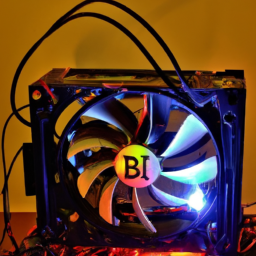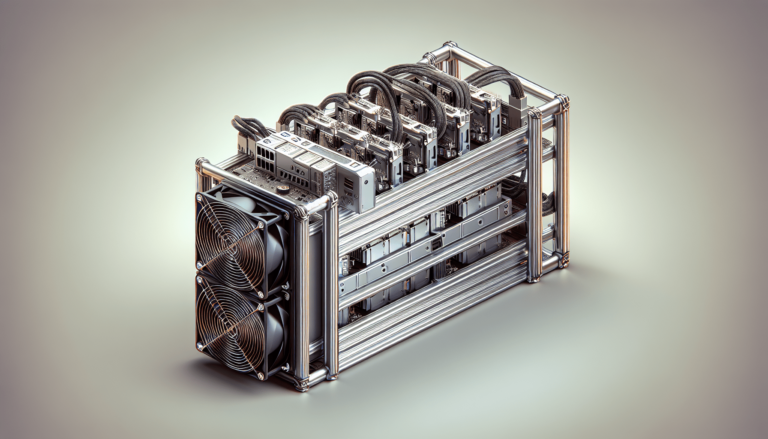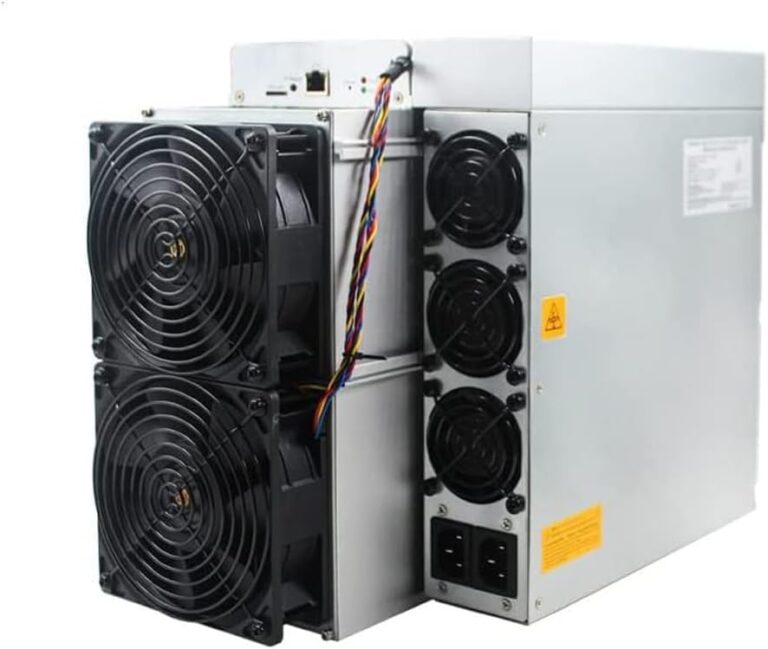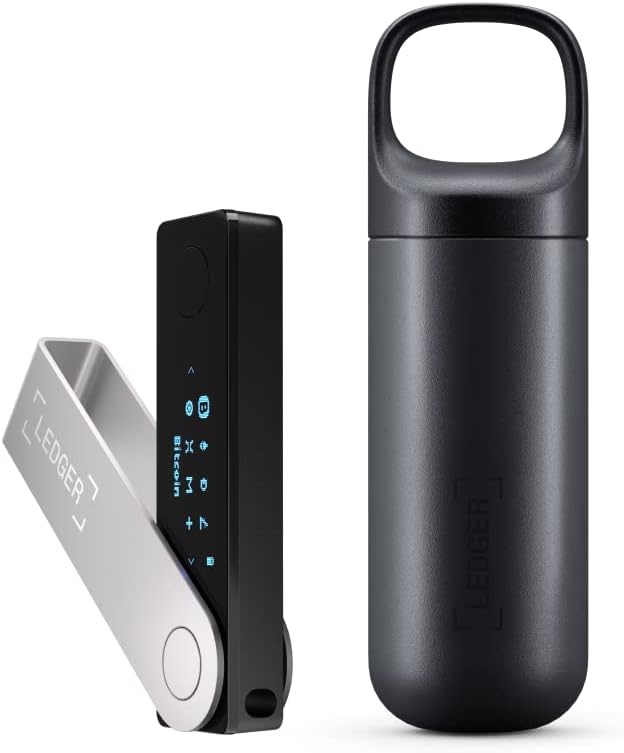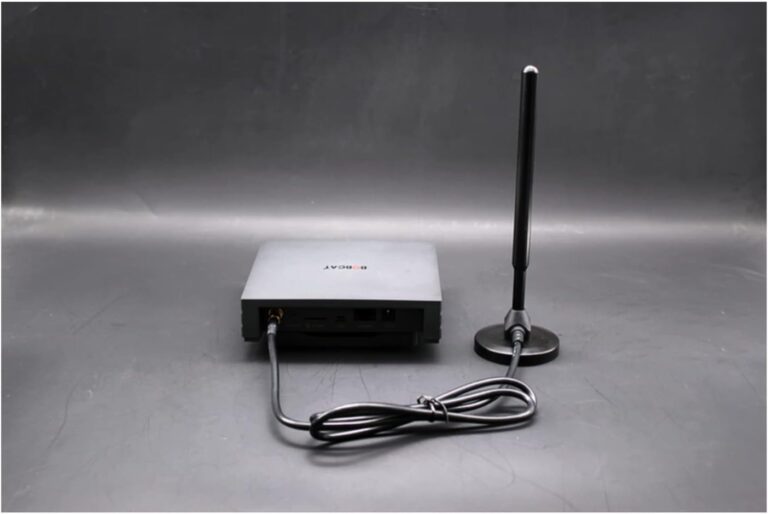What Are The Components Of A Cryptocurrency Mining Rig?
Have you ever wondered what it takes to build a cryptocurrency mining rig? Maybe you’ve been curious about the different components that go into making this complex machine. Well, you’re in luck! In this article, we’ll explore the various components of a cryptocurrency mining rig and break down their functions. So, if you’re interested in diving deeper into the world of cryptocurrency mining, keep reading!
Let’s start by discussing the heart of any mining rig: the graphics processing unit (GPU). The GPU is responsible for performing the complex calculations necessary for mining cryptocurrencies. It’s like the brain of the operation, crunching numbers and solving algorithms at a lightning-fast speed. Without a powerful GPU, your mining rig won’t be able to keep up with the competition. But don’t worry, we’ll delve into the different types of GPUs and their specifications in more detail in the following paragraphs. So, get ready to learn everything you need to know about building your very own cryptocurrency mining rig!
Graphics Card
Importance of a graphics card in a mining rig
In a cryptocurrency mining rig, the graphics card plays a crucial role in the mining process. It is responsible for performing complex mathematical calculations that are necessary for validating and recording transactions on the blockchain. These calculations, known as hashing, require significant computing power, and a high-quality graphics card can greatly enhance the efficiency and speed of the mining operation.
Choosing the right graphics card for mining
When selecting a graphics card for your mining rig, there are several factors to consider. One of the most important considerations is the card’s hash rate, which refers to the speed at which it can perform hashing calculations. A higher hash rate means that the card can process more calculations per second, resulting in faster mining and higher potential profits.
Another factor to consider is the power consumption of the graphics card. Mining rigs often require multiple graphics cards, so selecting energy-efficient options can help reduce electricity costs and increase profitability. Additionally, the price of the graphics card should be taken into account, as it directly affects the return on investment.
Factors to consider when selecting a graphics card
When choosing a graphics card for your mining rig, it is essential to consider factors such as compatibility with your other components, the availability of drivers and software support, and the durability and reliability of the card. It is recommended to research and compare different models and brands to determine which one offers the best balance between price, performance, and compatibility.
Motherboard
Role of a motherboard in a mining rig
The motherboard is the central component that connects all other hardware components in a mining rig. It provides power and data connections to the graphics cards, processor, memory, and other peripherals. The motherboard acts as the backbone of the mining rig, facilitating communication and coordination between all the different parts.
Features to look for in a mining rig motherboard
When selecting a motherboard for your mining rig, it is crucial to consider certain features that are specifically designed for cryptocurrency mining. These features include multiple PCI-E slots for connecting multiple graphics cards, support for high-speed RAM, and adequate power delivery capabilities. Additionally, it is advisable to choose a motherboard from a reputable manufacturer that offers good customer support and regular firmware updates.
Compatibility with other components
Before purchasing a motherboard, it is essential to ensure that it is compatible with the other components of your mining rig. Check the motherboard’s specifications to ensure it supports the necessary CPU socket type, RAM standard, and graphics card configuration. Additionally, consider the physical dimensions of the motherboard to ensure it fits properly in your chosen mining rig case.
Power Supply Unit
Importance of a reliable power supply unit
A reliable power supply unit (PSU) is crucial for a cryptocurrency mining rig. The mining process requires a significant amount of power, and a PSU ensures that all components receive a stable and consistent power supply. A low-quality or insufficient PSU can cause system instability, frequent crashes, and potential damage to the hardware components.
Determining the power requirements of a mining rig
Before selecting a PSU, it is essential to determine the power requirements of your mining rig. This can be calculated by adding up the power consumption of all the components, including the graphics cards, motherboard, processor, memory, and any additional peripherals. It is advisable to choose a PSU with a higher wattage than the calculated requirement to allow for future expansions and to ensure stable performance.
Efficiency and wattage of PSU
The efficiency of a PSU is an important consideration when selecting a power supply for your mining rig. PSU efficiency is measured by its 80 Plus rating, which determines how efficiently it converts AC power from the wall outlet into DC power for the components. Higher efficiency ratings, such as 80 Plus Gold or Platinum, not only save electricity but also generate less heat, reducing the need for additional cooling.
Processor
Role of a processor in cryptocurrency mining
While the graphics card is the primary component responsible for mining, the processor (CPU) also plays a vital role in supporting the mining operation. The CPU is responsible for managing the overall system and performing auxiliary tasks, such as handling data transfer between the graphics cards and the motherboard.
Best processors for mining rigs
When selecting a processor for your mining rig, it is essential to choose a model that offers a good balance between price and performance. Generally, multi-core processors with higher clock speeds are preferred for mining rigs as they can handle multiple tasks simultaneously. AMD processors, particularly those from the Ryzen series, are popular choices among cryptocurrency miners due to their excellent performance and affordability.
Overclocking and cooling considerations
For cryptocurrency mining, overclocking the processor can significantly increase performance. Overclocking involves running the processor at a higher clock speed than its default setting, which results in faster calculations. However, it is important to note that overclocking increases power consumption and generates more heat, so adequate cooling is essential to maintain optimal temperatures and prevent damage to the processor.
Memory (RAM)
Importance of sufficient RAM in a mining rig
While RAM is not as crucial as the graphics card or the processor in a mining rig, it still plays an important role. Sufficient RAM allows the mining rig to efficiently handle data transfer and storage, reducing potential bottlenecks and improving overall performance. It also enables the system to run multiple mining software and applications simultaneously, enhancing productivity.
Recommended RAM capacity for mining
The recommended RAM capacity for a mining rig varies depending on the number of graphics cards and the operating system being used. As a general guideline, a mining rig with multiple graphics cards should have at least 8GB of RAM. However, if you plan to mine with several intensive mining applications or use a memory-intensive operating system, it may be beneficial to opt for 16GB or more.
Types of RAM suitable for cryptocurrency mining
There are various types of RAM available, including DDR3 and DDR4. While DDR4 RAM generally offers faster speeds and better performance, DDR3 RAM can be a more cost-effective option for mining rigs. The choice between DDR3 and DDR4 RAM depends on your budget and specific requirements. Ensure that the RAM you choose is compatible with your motherboard and other components.
Storage
Requirements for storage in a mining rig
In a mining rig, storage requirements are relatively minimal. The primary purpose of storage is to store the operating system, mining software, and other essential files. However, it is essential to have a reliable and sturdy storage solution to prevent data loss and ensure the smooth operation of the mining rig.
Choosing between SSD and HDD
When selecting storage for your mining rig, you have the option of choosing between Solid State Drives (SSD) and Hard Disk Drives (HDD). SSDs offer faster boot times, faster file transfers, and better overall responsiveness compared to HDDs. However, they are typically more expensive per gigabyte than HDDs. If budget is a concern, an HDD can be a viable option for mining rigs, as the mining process does not heavily rely on storage speed.
Importance of backup and security measures
Regardless of the storage solution chosen, it is crucial to implement backup and security measures for your mining rig. Regularly backing up important files and configurations can safeguard against data loss in the event of hardware failures or system crashes. Additionally, implementing security measures such as encryption and strong passwords can help protect your mining rig from unauthorized access or hacking attempts.
Cooling System
Need for effective cooling in a mining rig
Efficient cooling is essential for maintaining optimal temperatures in a mining rig. The mining process generates a significant amount of heat, particularly from the graphics cards and the processor. Without adequate cooling, the components can overheat, leading to reduced performance, system instability, and potential hardware damage.
Air vs. liquid cooling solutions
There are two primary cooling solutions for mining rigs: air cooling and liquid cooling. Air cooling involves using fans and heat sinks to dissipate heat from the components, while liquid cooling utilizes a closed-loop cooling system that circulates coolant around the components. Air cooling is generally more accessible and cost-effective, but liquid cooling offers superior heat dissipation, which can be advantageous for overclocking or high-performance mining rigs.
Maintaining optimal temperatures
To ensure optimal cooling, it is important to monitor and maintain the temperatures of the components in your mining rig. This can be done using hardware monitoring software that provides real-time temperature readings. Additionally, regularly cleaning the fans and heat sinks, optimizing airflow within the mining rig case, and considering additional cooling solutions such as case fans or liquid cooling can help keep temperatures in check.
Casing
Importance of a durable and efficient casing
The casing of a mining rig serves as its protective enclosure, providing physical support and shielding the components from external factors such as dust and accidental damage. A durable and efficient casing is crucial for ensuring the longevity and stability of the mining rig, as well as facilitating proper airflow for cooling purposes.
Factors to consider when selecting a mining rig case
When choosing a mining rig case, consider factors such as the number of graphics cards it can accommodate, its physical dimensions, the availability of cable management options, and the quality of airflow. Additionally, consider the overall build quality and aesthetics of the case, as it will house your valuable mining components and potentially be on display.
Space requirements and expandability
Ensure that the chosen mining rig case provides sufficient space for all the components and allows for future expansion. Consider the number of PCI-E slots for graphics cards, the number of drive bays for storage, and the space required for cooling solutions. It is also advisable to choose a case that offers good cable management options, as it can help maintain a neat and organized mining rig.
Operating System and Software
Best operating systems for mining rigs
When it comes to choosing an operating system (OS) for your mining rig, there are several options available, including Windows, Linux, and ethOS. Windows is the most widely used OS and offers compatibility with a wide range of mining software. Linux, specifically Ubuntu, is a popular choice among more experienced miners due to its stability and customization options. ethOS is a specialized Linux distribution designed specifically for mining rigs and offers a simplified setup process.
Mining software and configurations
Once you have chosen an operating system for your mining rig, you need to install mining software to start the mining process. Popular mining software options include CGMiner, BFGMiner, and Claymore’s Miner. Each software comes with its own set of features and configurations, so it is essential to research and choose the one that best suits your mining requirements.
Monitoring and optimizing mining processes
To ensure the optimal performance of your mining rig, it is crucial to regularly monitor and optimize the mining processes. This can be done using various software tools that provide real-time monitoring of the hash rate, temperature, and power consumption. Additionally, tweaking the mining software configurations, such as adjusting the intensity or memory clock of the graphics cards, can help maximize the efficiency and profitability of your mining operation.
Conclusion
In conclusion, a cryptocurrency mining rig consists of multiple essential components that work together to mine cryptocurrencies efficiently. The graphics card, motherboard, power supply unit, processor, memory, storage, cooling system, casing, operating system, and mining software are all crucial elements that require thorough consideration when building a mining rig. By selecting high-quality components that are compatible with each other and optimizing the rig’s configuration, you can maximize the mining efficiency and potentially increase your mining profits. Keep in mind that as the cryptocurrency mining landscape evolves, it is essential to stay updated and adapt your mining rig to meet the changing requirements. Happy mining!

